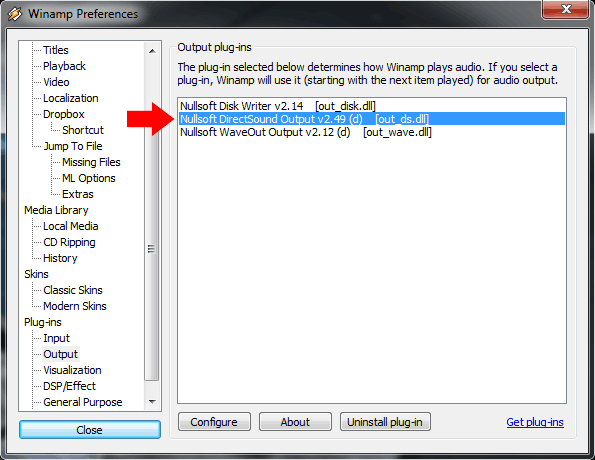How to parent objects in After Effects
A leaked version of Winamp 5.8 recently spread over the Internet. Consequently, we have decided to make this new version available to you, revised by us. We therefore recommend that you download this version rather than any other as we guarantee it is safe for you to use. In Winamp you can press CTRL+P to get into the Preferences window. There you need to search for the plugin in section Plugins Input. Double click on it to display the Configuration dialogue. Here you can set: - the default SoundFont to be used and SoundFont/Preset Overrides for each MIDI Program. the overall output level - the output sample rate. 
Beijing jcz driver download. Using parenting in After Effects allows you to group individual layers together as one unit and move them together. This means that if you apply transformations such as position or rotation, they will also be applied to any layer you specify as a child to a parented layer. This can be used to setup interesting layer combinations. One thing to note though is that opacity and effects cannot be parented – if you want these to follow the child layers, you'll have to do them manually.
After Effects Basics / Tutorial #8 - Explaining The Parent ToolHey everyone! In this tutorial I'm going to show you how to use the parent tool. After Effects, can I parent specific points on a path to a null object? Expression for inverse parenting on Y axis in after effects. After effects letters animation. Transverse Waves in After Effects. Any tips for compositing liquid materials over live action footage backgrounds - C4D & After Effects. Apr 02, 2018 Parenting in After Effects is similar to parenting in real life, only in AE the child layers actually listen to their parents–all the time, every time. Imagine you have 32 layers that you want to move onto the screen all at one time. Good Parents for After Effects finally gives you the freedom to link and unlink layers or a group of layers to one or more objects. If you have ever worked with any other animation application other than After Effects before, you know how important having the ability for dynamic parenting is. Feb 04, 2018 Given that the parent is often left devastated by the loss of a partner, both emotionally and financially, the process of recovering after this kind of loss can also disrupt efforts to help their.

We begin with our layers in the layer and timeline panel.

First we'll make sure the Parenting option is available in the timeline panel by clicking the Toggle switches/Modes button at the bottom or right-clicking the top of the timeline panel and checking the Parent option from this menu.
Â
Parent Mask After Effects

This will open up a Parenting column in our timeline panel. This can be dragged to adjust the size of the column  as well by clicking the sides of the timeline and dragging left or right. To demonstrate basic parenting in After Effects, we'll adjust the Position, Scale and Rotation properties for one of our ball layers. Say we want to parent the Sports_icon layer so that it acts as a child to the Rattan (wooden ball) layer. This means that any transformations we make to the Wooden ball will also be applied to the Sports_icon layer. To do this we'll select the Parent dropdown menu from beside the Sports_icon layer and select the Rattan layer, thus effectively setting the Sports_icon layer as the child.
Â
Next we'll adjust some properties in the timeline panel for the Rattan wooden ball and as we do, the effects will also transform the Sports_icon layer since it's parented to the wooden ball.
Parent Link After Effects
 Â
But notice if we adjust the properties for the Sports_icon child layer, the master Parent layer itself does not get effected. This can be a creative way to use parenting in your own compositions as you can have multiple layers acting as children to one layer and then adjust each individually. And yes, parented layers can be keyframed as well providing you with even more options.  To break a parenting bond, simply just select None from the Parent dropdown menu. Conversely, another way to parent layers together is to use the pickwhip option beside the Parenting column.
After Effects Parent Missing
Â
Parent And Link In After Effects
Then you simply just drag the whip to the layer you want to be parented in your timeline panel. Â And what if say you want to have two layers parented but wish to adjust their properties individually? Simply just create a Null layer (Layer-New-Null Object) and parent your layers to the null layer. Null layers don't render with your final output and are invisible in the layer, so any changes you make to your real layers will remain. This can take some getting used to though so we suggest practicing setting up actual parented layers first and begin experimenting with null layers when you're more comfortable.
